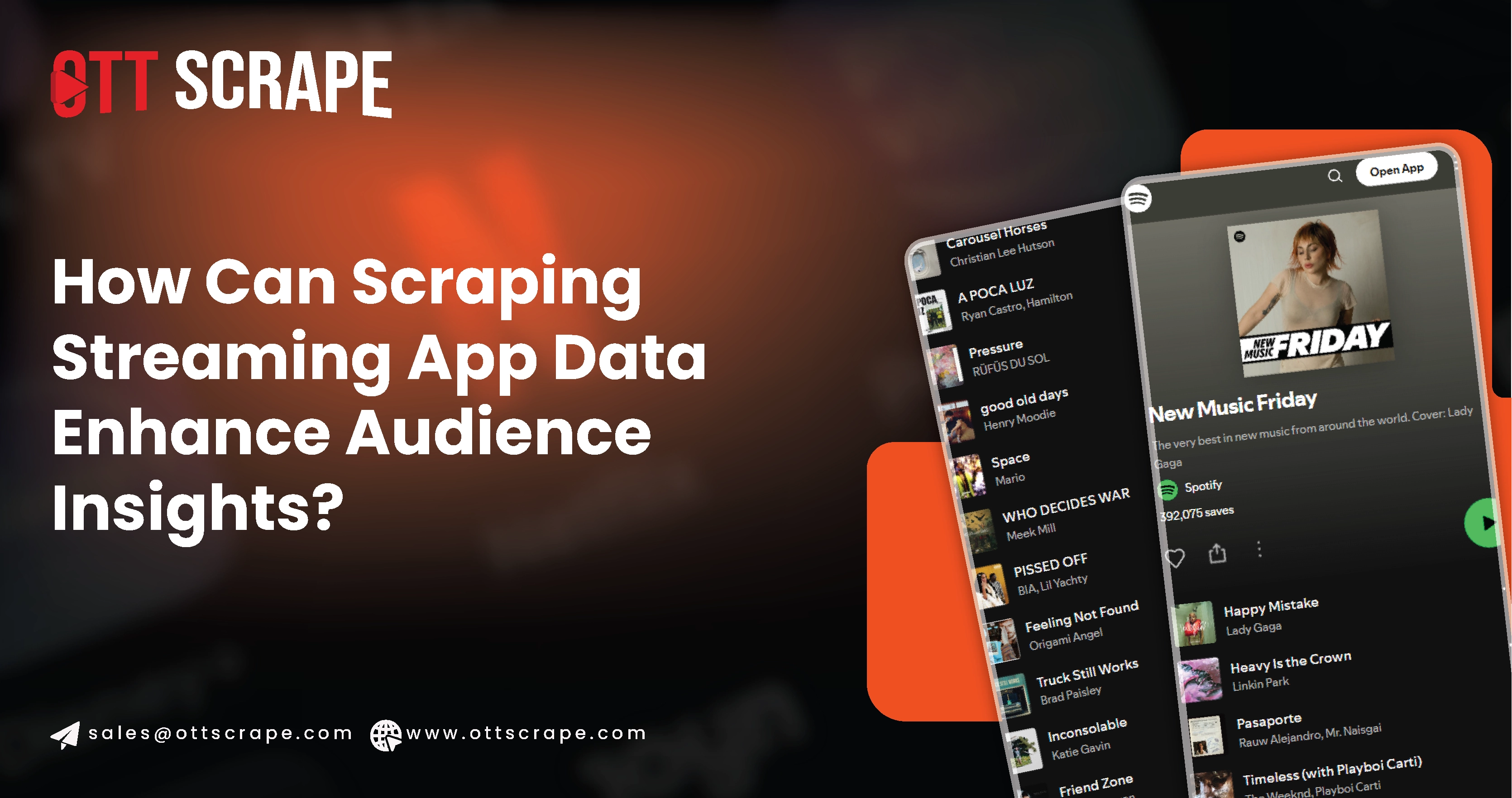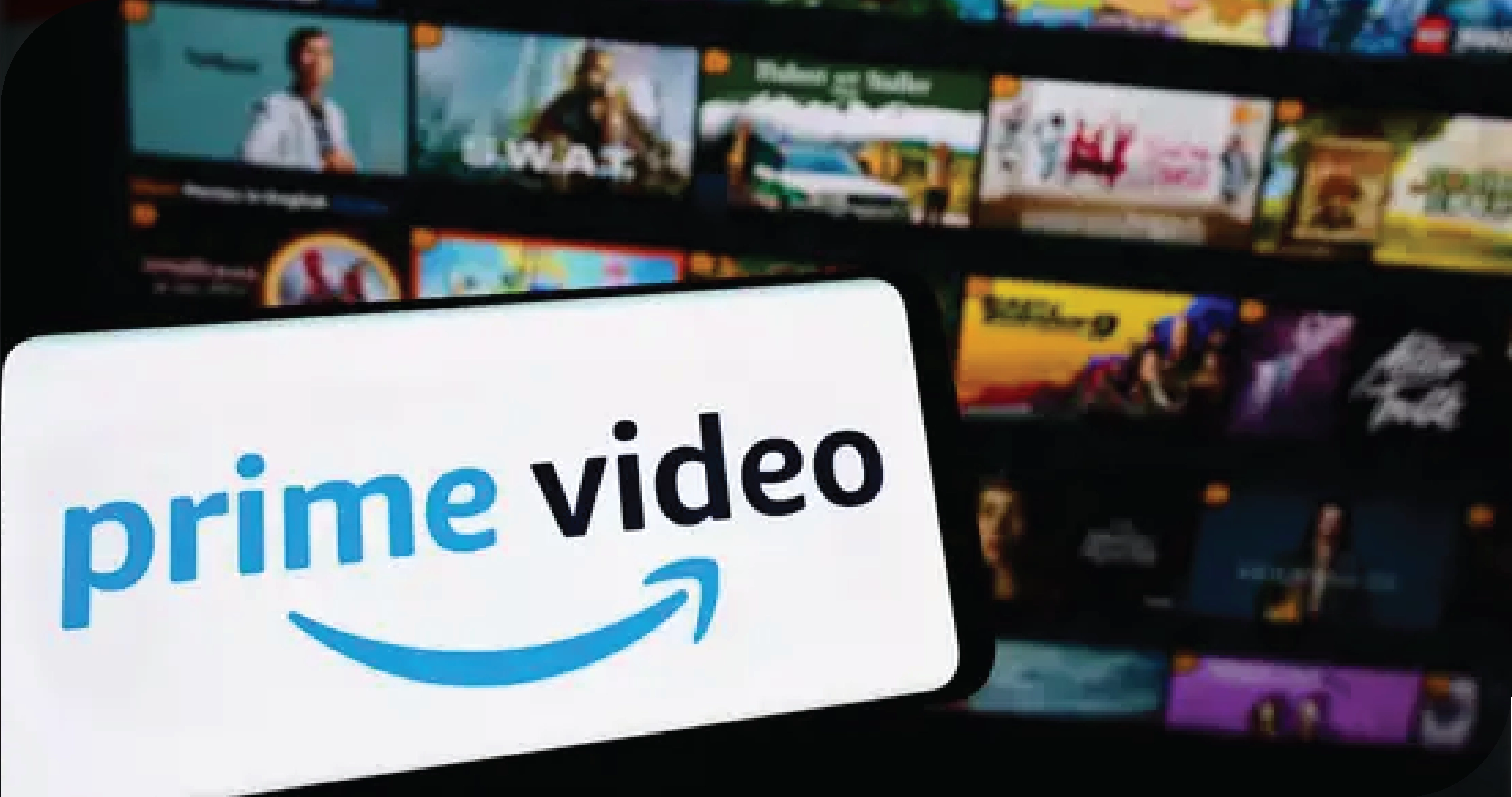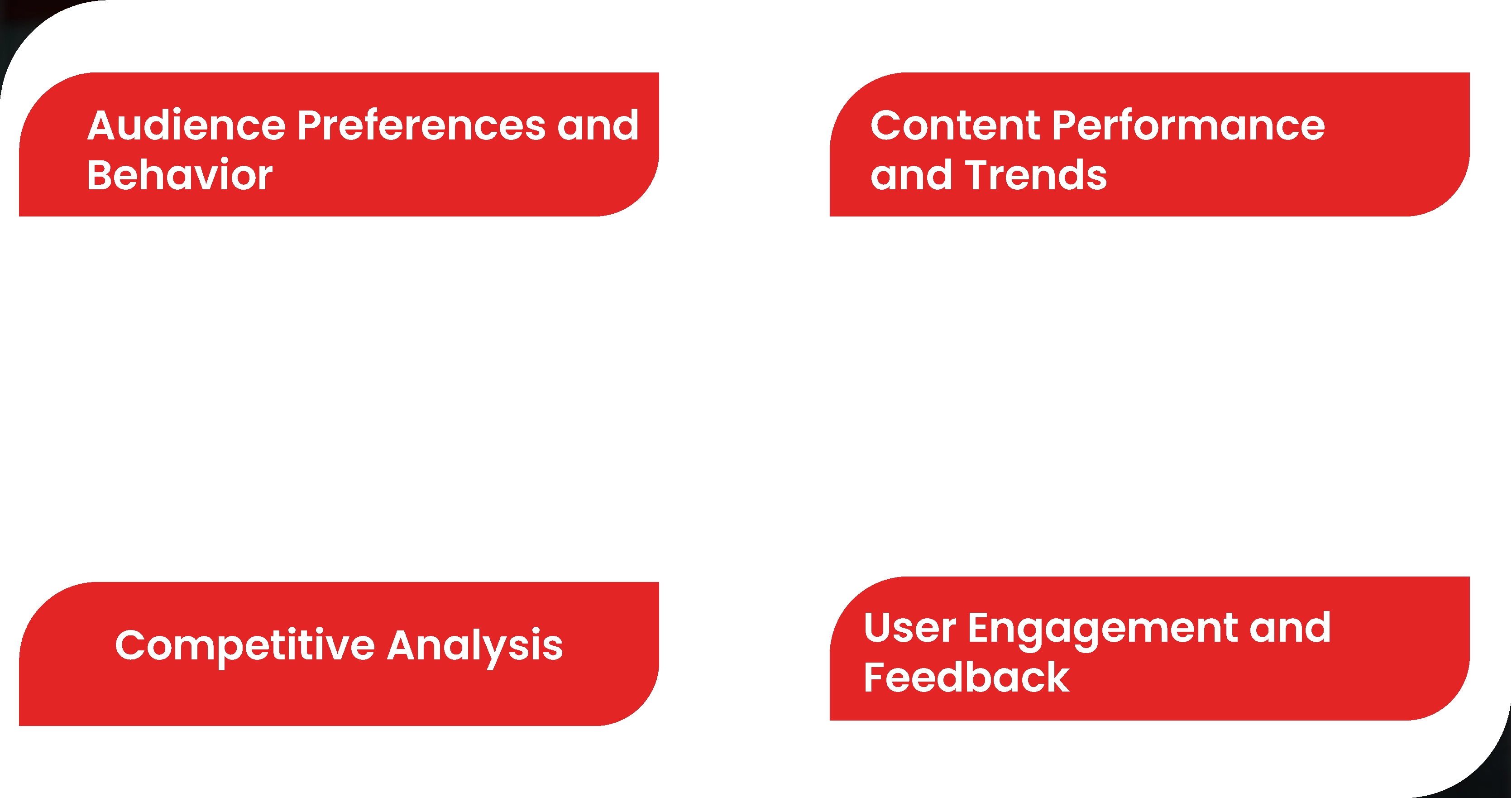
In today's digital landscape, streaming apps have become central to media consumption. From movies and TV shows to music and live broadcasts, these platforms shape entertainment preferences and influence cultural trends. For businesses, marketers, and analysts, leveraging streaming app data scraping is a powerful strategy to gain deep insights into audience behavior and craft effective marketing strategies. This article explores the benefits of scraping streaming app data, the methods used, and how these insights can drive marketing success.
Understanding Streaming App Data Scraping

Streaming app data scraping involves collecting data from streaming platforms like Netflix, Hulu, Amazon Prime Video, and Spotify. This data can include information about user preferences, viewing habits, content popularity, and more. By scraping OTT app data, businesses can obtain valuable insights into what drives user engagement and content consumption.
The Value of Streaming App Data

Streaming app data offers insights into user preferences, content performance, and emerging trends. By analyzing this data, businesses can enhance content strategies, personalize marketing efforts, and stay competitive in the evolving media landscape, maximizing audience engagement and impact.
Audience Preferences and Behavior: Streaming data scraping services provide a window into audience preferences and behavior. Businesses can identify popular genres, shows, or movies by analyzing viewing patterns. This information is crucial for content creators, advertisers, and marketers looking to align their strategies with current trends.
For instance, if data scraping reveals a surge in interest in documentary series, content creators might prioritize producing more documentaries, while advertisers could tailor campaigns to highlight related products.
Content Performance and Trends: Streaming data scraper helps track the performance of various content pieces. Metrics such as view counts, ratings, and user reviews can indicate which shows or movies resonate with audiences. This data can predict future trends and inform content development strategies.
For example, if a genre is gaining popularity, production companies can invest in similar content to capitalize on the trend. Marketers can also use this information to target ads more effectively.
Competitive Analysis: Understanding what competitors are doing is essential for staying ahead in the market. Data scraping allows businesses to monitor the performance of competitors' content, track their strategies, and analyze audience reactions.
By comparing the performance of their content with that of competitors, companies can identify gaps in their offerings and find opportunities for improvement. This competitive intelligence helps refine marketing strategies and make data-driven decisions.
User Engagement and Feedback: Streaming platforms often collect user feedback through ratings and reviews. Scraping this data can provide insights into what users like or dislike about specific content. This feedback can guide content development and marketing strategies by highlighting areas for improvement or new opportunities.
For instance, if users consistently praise the interactive features of a particular streaming service, other platforms might consider incorporating similar features to enhance user engagement.
Methods for Streaming App Data Scraping

Effective streaming app data scraping relies on various methods, including API access, web scraping, and third-party data providers. Each technique offers unique advantages for gathering and analyzing data, enabling businesses to extract valuable insights for strategic decision-making.
• API Access: Many streaming platforms offer APIs (Application Programming Interfaces) that allow developers to access specific data. APIs can provide structured and reliable data about content, user interactions, and more. However, API access may be limited and subject to usage restrictions. Using APIs is a straightforward method for scraping OTT app data but may not provide the complete picture if the API does not cover all desired data points.
• Web Scraping: Web scraping is an alternative method for platforms without robust APIs or when more comprehensive data is needed. It involves extracting data directly from a website's HTML. Tools like BeautifulSoup, Scrapy, or Selenium can be used for this purpose. Web scraping offers flexibility and can capture a wide range of data, but it requires careful handling to ensure compliance with legal and ethical guidelines. It's crucial to respect the terms of service of the streaming platforms and avoid overloading their servers.
• Third-Party Data Providers: Some companies specialize in aggregating and providing data from various sources, including streaming platforms. These third-party providers offer comprehensive datasets and insights, saving businesses time and resources. Partnering with data providers can efficiently access high-quality data, but it comes with associated costs. Evaluating the reliability and accuracy of the data provided is essential.
Applying Streaming Data Insights to Marketing Strategies

Applying streaming data insights to marketing strategies involves leveraging audience behavior, content trends, and competitive analysis. This approach helps businesses craft targeted campaigns, optimize ad placements, and enhance content development, ultimately driving more effective and personalized marketing efforts.
• Personalized Marketing Campaigns: Data insights from streaming apps enable businesses to create personalized marketing campaigns. Marketers can tailor their messaging and offers to specific audience segments by understanding user preferences and behavior. For example, if data shows that a segment of users frequently watches crime dramas, marketers can target these users with ads for upcoming crime drama releases or related merchandise.
• Content Strategy and Development: Content creators can use streaming data to inform their content strategy. They can develop new content that aligns with audience interests by identifying popular genres, themes, and content types. Additionally, insights into user feedback and ratings can guide content improvements. Understanding what elements resonate with viewers helps produce high-quality content that meets audience expectations.
• Ad Placement and Targeting: Data scraping helps optimize ad placement and targeting. By analyzing which types of content attract the most viewers, businesses can strategically place ads where they are most likely to be effective. For example, suppose data indicates that users of a particular streaming service are highly engaged with science fiction content. In that case, advertisers can focus on promoting sci-fi-related products or services during these viewing sessions.
• Trend Analysis and Forecasting: Streaming data scraping allows businesses to identify emerging trends and forecast future developments. By analyzing patterns and shifts in content consumption, companies can stay ahead of trends and adapt their strategies accordingly. For instance, if there is a rising interest in nostalgic content, businesses can capitalize on this trend by incorporating retro themes into their marketing campaigns or product offerings.
• Competitive Positioning: Monitoring competitors through data scraping helps in adjusting competitive positioning. By understanding what works for competitors and how their audience responds, businesses can refine their strategies to differentiate themselves in the market. For example, if a competitor's content strategy succeeds, businesses can analyze the factors contributing to that success and consider incorporating similar elements into their approach.
Ethical and Legal Considerations

Adhering to ethical and legal guidelines when data scraping is essential. Respecting streaming platforms' terms of service and ensuring compliance with data protection regulations is crucial. Unauthorized scraping or data misuse can lead to legal consequences and damage a company's reputation.
Businesses should prioritize transparency and obtain necessary permissions when scraping data. Ethical data practices build trust with users and stakeholders and promote a positive industry reputation.
Conclusion
Leveraging streaming app data scraping offers significant advantages for gaining audience insights and crafting effective marketing strategies. Businesses can make informed decisions that drive success by understanding audience preferences, content performance, and competitive dynamics. From personalized marketing campaigns to strategic content development, data scraping provides valuable insights that can enhance engagement and optimize marketing efforts. However, it is essential to approach data scraping with ethical considerations and legal compliance to ensure responsible and effective use of data. Embracing these practices can lead to a deeper understanding of audience behavior and a more targeted approach to marketing in the dynamic world of streaming media.
Embrace the potential of OTT Scrape to unlock these insights and stay ahead in the competitive world of streaming!
